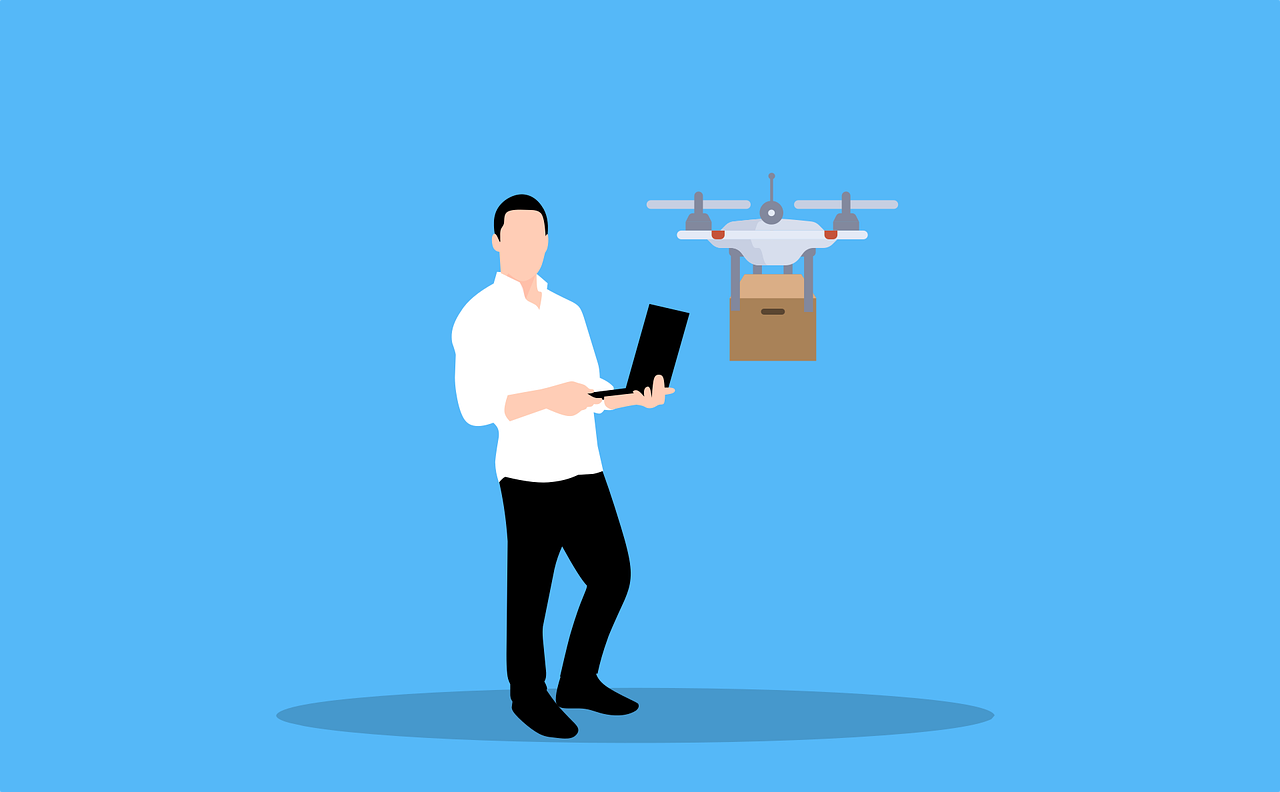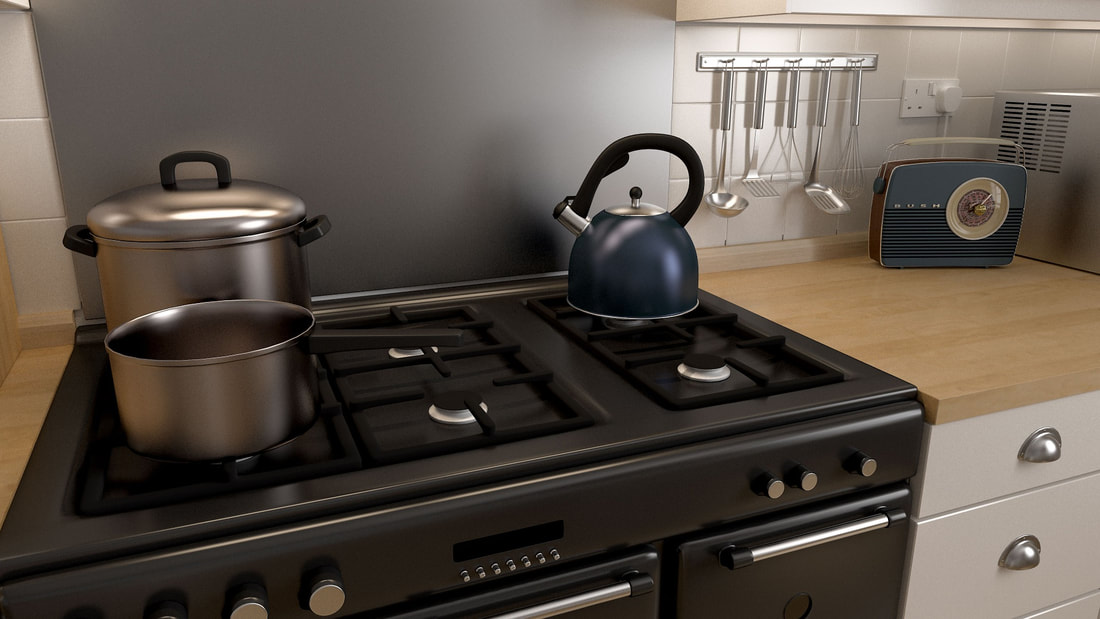|
New technologies are disrupting every step of our food supply chains, from the foods we produce, to how we harvest, store, prepare and shop for it. How will these exciting trends shape perhaps the most ‘traditional’ meal – the Christmas Dinner – by 2050? Caroline Wood asked champions and members of the STFC Food Network+ (SFN) for their thoughts… For many of us, Christmas immediately conjures up pictures of a family roast dinner: turkey, goose, beef or ham. But increasing concerns about climate change and the environmental impacts of industrial animal farming (including pollution and deforestation to produce animal feed) are driving a growing trend towards alternative proteins, such as lab-grown meat. “There are really exciting things around the corner in lab-grown and fermented protein research that in 50 years may be able to produce a lab-grown turkey that tastes better than anything we have today” says Sean Peters, CEO at DryGro. But with so many hurdles to overcome, including scale-up, regulatory approval and consumer acceptance, he admits that this is likely to be some time yet. “In the short run, for many people Christmas dinner may look very similar, but instead of the ubiquitous soybean, the animals that supply their Christmas turkey or ham may be fed from more sustainable ingredients, sourced much closer to where the animals were raised.” These may include animal feeds based on insects or Lemna: a protein-rich aquatic plant. Dry Gro is currently working to develop enclosed growing units that will enable industrial-scale production of Lemna in arid regions where soybean cultivation is not possible. Even if our ingredients will still be sourced from farms for now, vastly accelerated plant and animal breeding – driven no doubt by gene-editing technologies such as CRISPR-Cas9- may already have started to alter the taste, texture and nutritional profile of our Christmas foodstuffs. “It’s likely that future plant and animal breeders will not just focus on yield but also consider nutrition, storage, and gastronomic potential” says Christian Reynolds (City, University of London). “This could see us enjoying sweeter-tasting sprouts, nutritionally-enriched spuds or even strawberries designed to grow during the UK autumn.” He also points out that the impacts of climate change will almost certainly see new food ingredients on our plates from more resilient plants. A report from Knorr and the WWF in 2019 profiled 50 ‘Foods for the Future’ that collectively have high nutrition, low environmental impacts and climate resilience. So perhaps our Christmas Meal will include climate resilient delicacies such as cacti, lotus root, sprouted chickpeas, pumpkin flowers and algae? Whatever we put on our plates, getting hold of the ingredients for our Christmas meals might become a lot easier, thanks to big data analytical tools that may help supermarkets more accurately forecast the stock levels required, leading to less empty shelves. Laura Wilkinson (Swansea University) is currently involved with a SFN project to develop models which can predict consumer behaviour through social media discussions. “The ability to capture external information and the sentiment of individual consumers via data analytics and social media may allow for more precisely estimating consumer demand, even during the hectic Christmas run-up” she and the project team say. “This could help stores to keep stock costs low, target promotions and reduce overall waste. We hope these tools could also help direct unsold produce to communities that are in need of them, for instance via charities.” But it may be that we don’t shop in advance for our Christmas Dinner – in fact, we might not even decide what to have until Christmas morning itself. The increasing sophistication of wearable health trackers and our ability to mine biomimetic information may lead to all our meals being individually optimised on the day to our needs. “Based on the current use and generation of data by apps and devices, I think the next step will be that we use this information to inform our decisions about food and overall lifestyles” says Ximena Schmidt, STFC Food Network Champion and a life cycle sustainability expert (Brunel University). “So, based on both health information (such as weight and blood pressure) and data gathered about our lifestyle (for instance food preferences, favourite recipes, geolocation), these devices will propose the most suitable Christmas Dinner for each of us.” Perhaps it could even be nutritionally optimised to reduce any alcohol-fuelled damage from Christmas Eve parties the night before? John Vandore, STFC Food Network and Business Development at Harwell Campus, agrees although he believes these devices will eventually progress to an implant. By that time, the stress of preparing the Christmas meal may well be a thing of the past. “For urban populations, I suspect there will be turbocharged online ordering and delivery, no doubt with drone deliveries playing a part. In high rise residential housing, this may be augmented with vertical farms making fresh vegetables available at the push of a button on each floor” he says. Once we’ve assembled our ingredients, we may well cook our Christmas meals using different methods to now. A study led by Christian Reynolds found that depending on the food product, the greenhouse gas (GHG) emissions from cooking can be decreased by up to 16-fold by using more efficient methods. “Ovens are the least sustainable common cooking appliance, since they typically require long cooking times and high energy demands” he says. Electric grills are a better option since these only consume half the energy, but this may be a hard sell for those particularly attached to the memories and aromas associated with ‘a proper roast dinner’. Nevertheless, as smart energy-readers make us acutely aware of our energy consumption around the home, it’s likely we’ll move away from boiling and steaming foods on the stovetop: a highly-inefficient method due to energy losses and the long time required to reach the cooking temperature. “In contract, microwaving can reduce GHG emissions by 41-78%” says Christian. Electronic pressure cookers may also come in vogue: since these substantially shorten the cooking time, these are a highly efficient way to cook meat, pulses, potatoes and vegetables. By 2050, Christmas Dinner may not just be eaten on Earth: will human colonists on the moon (and maybe even Mars) also be tucking into a special meal on the 25 December? Stephen Ringler, CEO & Founder of the Space Store and Spacetime Development is optimistic: “There are promising experiments being conducted to see if we can turn Martian and lunar surface material into soil safe to grow food. Another alternative would be to us hydroponics, growing plants using nutrient-rich solutions without soil.” As for the non-plant components of the meal, he is hopeful that space travel will have advanced enough by then to allow regular shipments from Earth.
Wishing you all a very peaceful Christmas and New Year from the STFC Food Network+ !
0 Comments
Your comment will be posted after it is approved.
Leave a Reply. |
AuthorJune 2024 - Archives
June 2024
Categories |
- Home
- Webinars and Events
- About the SFN+
- News
- Blog
- Expert Working Groups
- Funding
-
Publications
- Bioeconomy positioning paper
- SFN+ 5th Annual Conference
- OMM Policy Report
- ‘Multi-Stakeholder International One Day Workshop on Organic Agri-Food Value Chains for Net Zero’ Report
- SFN 2050 UK Net Zero Food report
- Sustainable Cold Food Chain Booklet
- Food Sensing Technologies for Safe and Nutritious Food
- Sustainable urban and vertical farming
- Projects
- Join/Contact Us





 RSS Feed
RSS Feed


